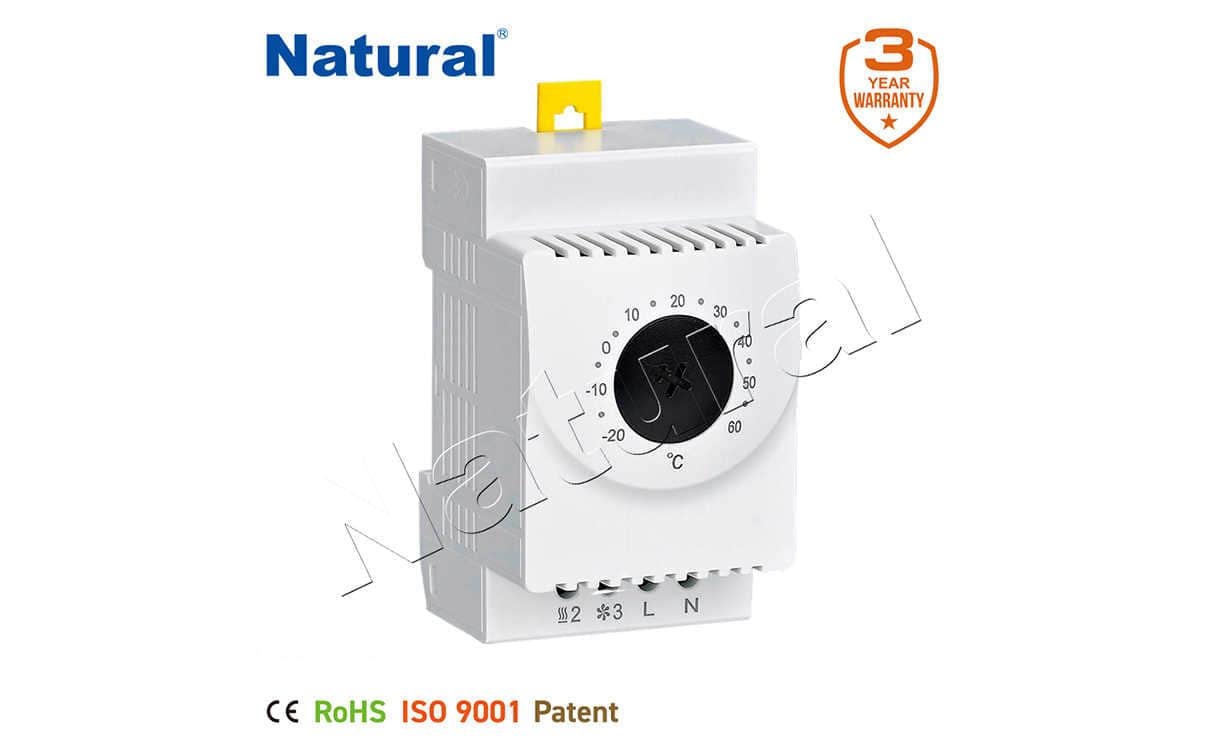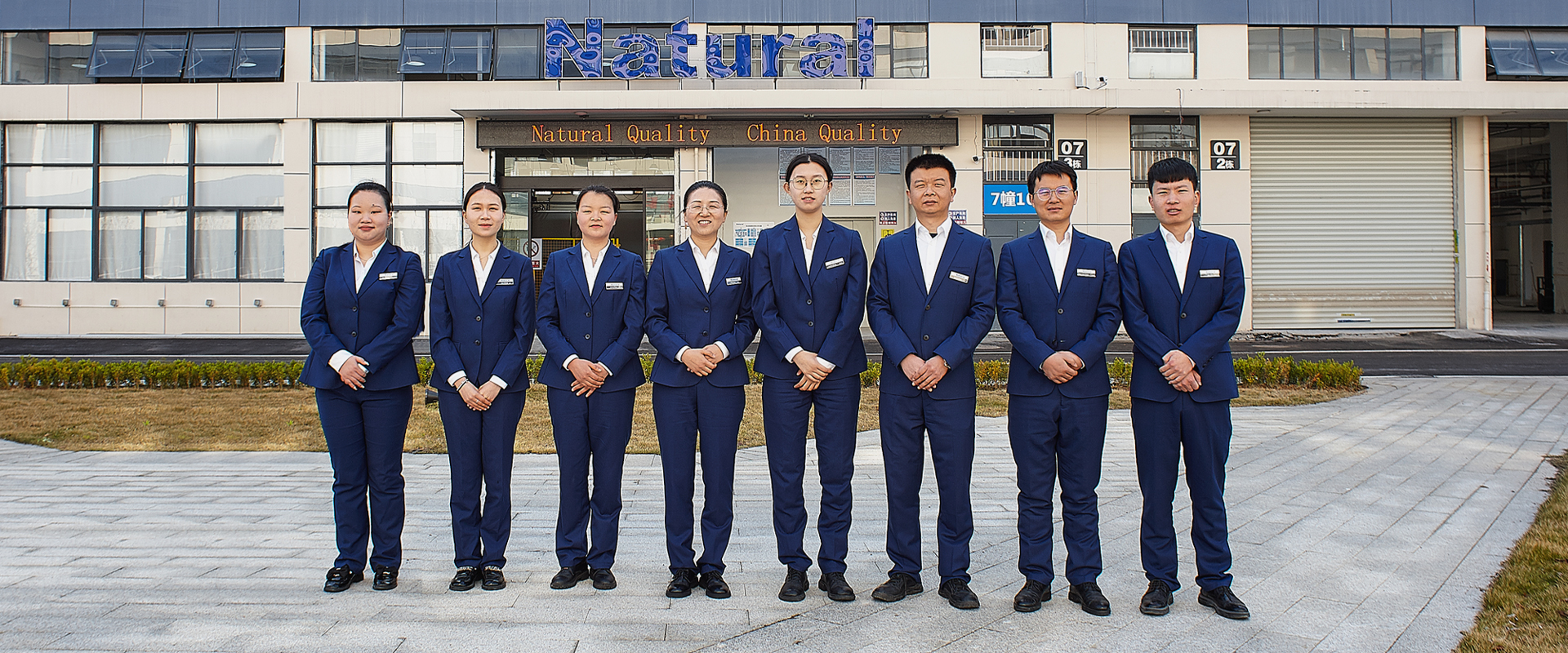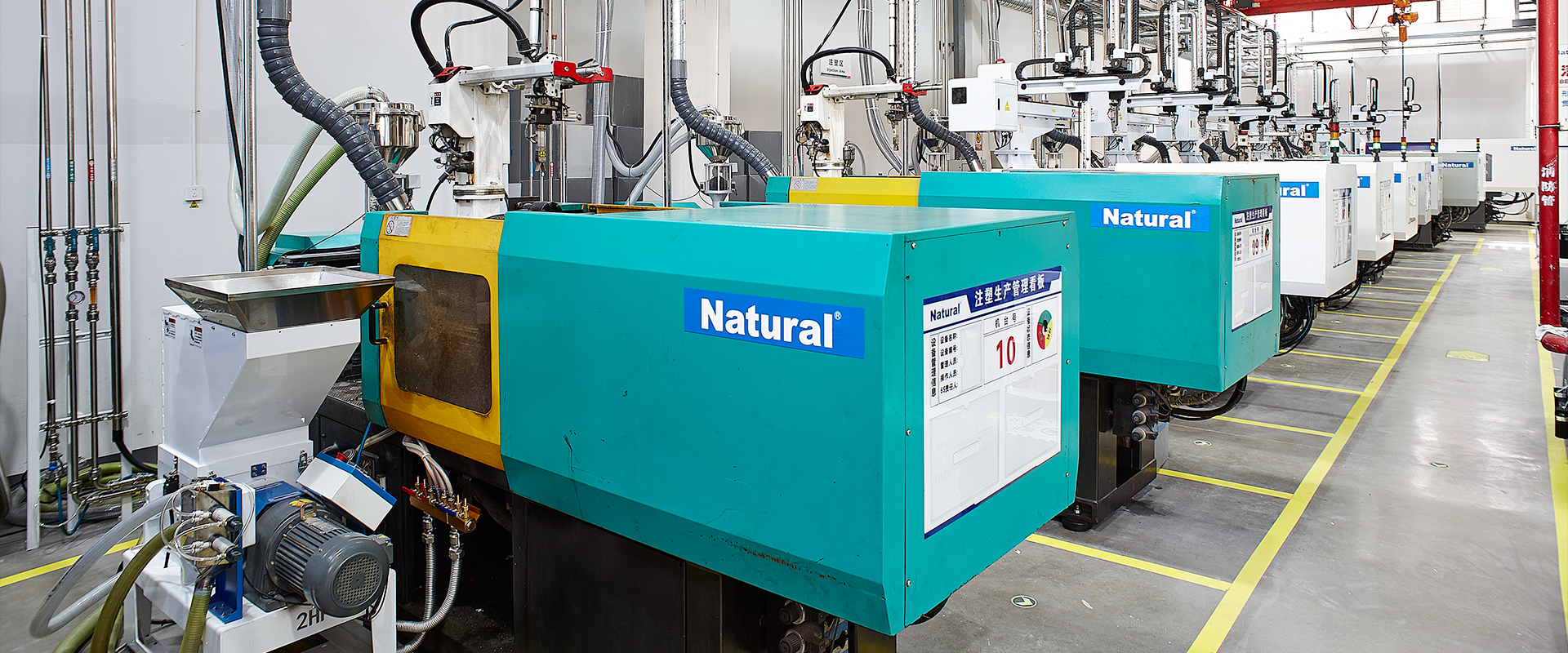the natural efficiency of bimetal thermostats: a sustainable solution for temperature regulation
Release time:2025-03-06 14:11:00
Bimetal thermostats are mechanical devices that play a crucial role in temperature regulation across a wide range of applications. From household appliances to industrial machines, these thermostats ensure that systems function within optimal temperature ranges. In an era where energy efficiency and sustainability are prioritized, the natural properties of bimetal thermostats make them a significant contributor to achieving these goals. This article delves into the working principle of bimetal thermostats, their advantages, and why they remain a viable solution in modern temperature control systems.

Understanding the Mechanism of Bimetal Thermostats
A bimetal thermostat operates based on the fundamental principle of thermal expansion. It consists of two metal strips with different coefficients of expansion that are bonded together. When the temperature changes, the metals expand at different rates, causing the strip to bend. This bending action either opens or closes an electrical circuit, activating or deactivating a system, such as a heating element or cooling mechanism. The device automatically adjusts the temperature by breaking or completing the circuit, making it highly effective in maintaining the desired environmental conditions.


 28 items Patent
28 items Patent
 28 items Patent
28 items Patent
 28 items Patent
28 items Patent










